A Review by Karl Wenclas

Ernest Hemingway was a man’s man, and anyone who tells you otherwise is lying. He was born with a full beard and a cable-knit sweater.
THE WHITE MAN’S GUIDE TO WHITE MALE WRITERS OF THE WESTERN CANON by twitterverse star Dana Schwartz operates on a level of mild satire. The reader isn’t entirely sure what or who is being satirized. Woke Culture? White male writers? Unearned privilege? Guys in MFA programs?
I almost signed up for a gender studies seminar my freshman year, so you could say I’m pretty “woke,” and so I can recognize when guys like Bellow say screwed-up stuff. This is the sort of thing I’ll tweet about so people who follow me recognize how sensitive and worldly I am. My voice needs to be heard on the important issues! Of course I’m actually drafting an op-ed in my head for when that PC stuff goes too far.
This from a chapter on Saul Bellow done in the voice of J.D. Salinger, who has his own chapter.
A schizophrenic project, no question about it. Does Dana Schwartz want to trash this series of white male writers– or celebrate them? They’re significant enough in her eyes to spend an entire book on them. As most readers out there don’t know the Western Canon– few people these days have heard of it– the book serves, believe it or not, as a good introduction to it. (The person off the street won’t recognize the “satire.”)
So even if your freshman-year literature professor at Harvard gives you a D because he doesn’t think you “comprehended, or even actually read” Pride and Prejudice, it doesn’t matter. In fact, it means you’re something like beloved American author Kurt Vonnegut.
Is Schwartz mocking a person who attended Harvard, or a person who didn’t do well there? Or Kurt Vonnegut? Is she satirizing someone who cares what grade a literature professor gave a person? Is the target the narrator, or the writer?
(Dana Schwartz herself was a high school honors student and Presidential Scholar who attended prestigious Brown University. Not quite Harvard, but close.)
Which illustrates the dilemma. Effective satire is written by nasty people. By those who’ve been hurt badly at some point in life and carry a reserve of unflinching vitriol. Of bottled-up rage– which they channel onto the page. There’s little sign from these polite deconstructions that Dana Schwartz qualifies. The book– despite much advance twitter vitriol launched its way– doesn’t live up to its critics’ anger.
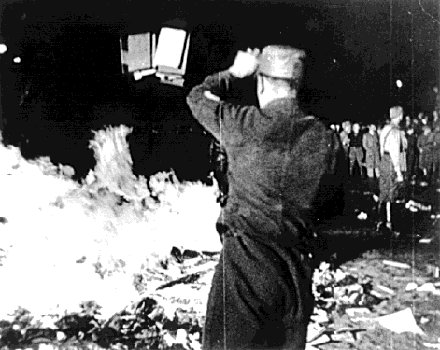
It frankly doesn’t matter if Yellow Wallpaper is taught in high schools instead of The Great Gatsby (which is too deep and well-structured a book for high schoolers anyway). Raising the question is asking which texts students will be bored by. While outside the classroom they buy graphic novels about Spiderman.
Art preserved in canons or institutions becomes a force-fed museum piece. It breathes and thrives outside such places, amid the bustle and clash of society and life.
*******
But, the book. The mask of Schwartz’s narrator is flimsy. As in this passage about Charles Dickens:
Some may point out that most of Dickens’s female characters are two-dimensional (if not outright evil), or that leaving his wife for a teenager is a bit unseemly, and to that I say: sure, but Dickens had a reason for being sexist.
Coincidentally, I just finished rereading the Dickens masterpiece Bleak House. Narrator Esther Summerson is not a bit evil. Plot focus Lady Dedlock is very three-dimensional, once Dickens pulls the veil off her character. A powerful and tragic personality. So the question becomes: Is the mistake that of Dana Schwartz? Or an intentional one made by her implied narrator?
The confusion is exemplified by the Bukowski chapter, which admires the grittiness of the writer’s life (the narrator’s mindset) yet puts the man down for his apparent misogyny (Schwartz’s mindset). One could say, “Make up your mind!”
Or it could just be that these men were themselves three-dimensional. That they led fucked-up lives– by today’s standards were bad people– doesn’t alter the undeniable fact of their greatness (some of them anyway) as writers. Which Dana Schwartz acknowledges and doesn’t acknowledge at the same time.
*******
The book is illustrated with drawings by The New Yorker magazine artist Jason Adam Katzenstein. Katzenstein seems to be making a point of his own: that all white male writers look alike! I say this because most of his sketches of canonical writers look alike.
For instance, here’s Raymond Carver and Cormac McCarthy:
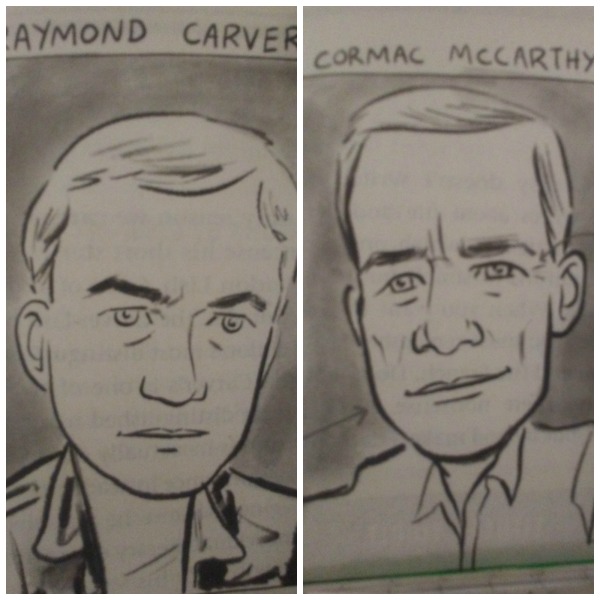
Or Norman Mailer and Jack Kerouac:

The caricatures don’t look much like Carver, McCarthy, Mailer, and Kerouac. Which may be the point.
*******
All kidding aside, a blistering no-holds-barred book was there to be written on the Western Canon– on the entire edifice of today’s version of American literature; writers, publishers, and media acolytes alike. Dana Schwartz chose not to write it. This leaves a book which doesn’t live up to the scorched-earth promise of its title. It gives the reader instead an amusing entry to the lives of many of America’s most lauded writers. Which is enough, I guess, for most of today’s literary readers.
ORDER White Man’s Guide etc. here.
*******

(Photo of Dana Schwartz.)


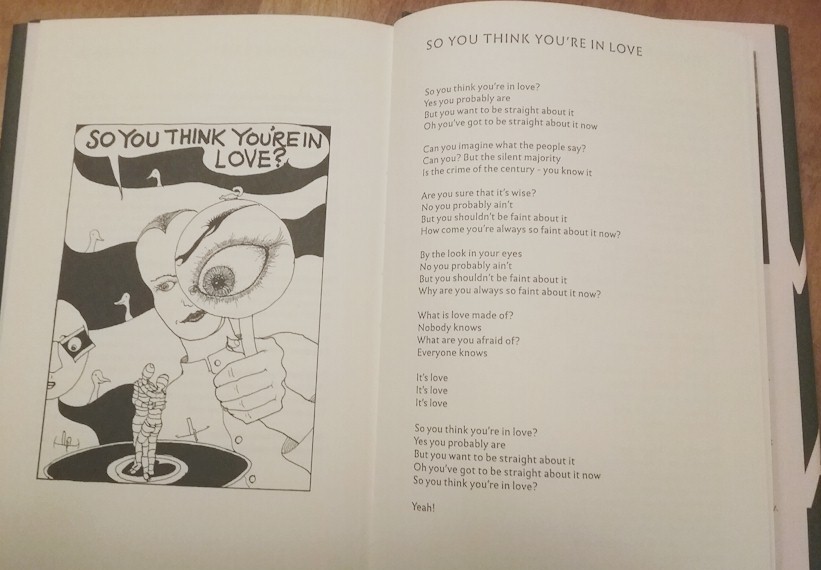


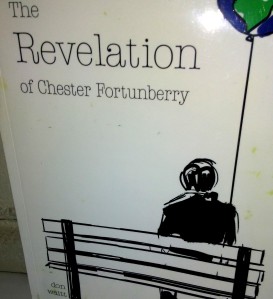

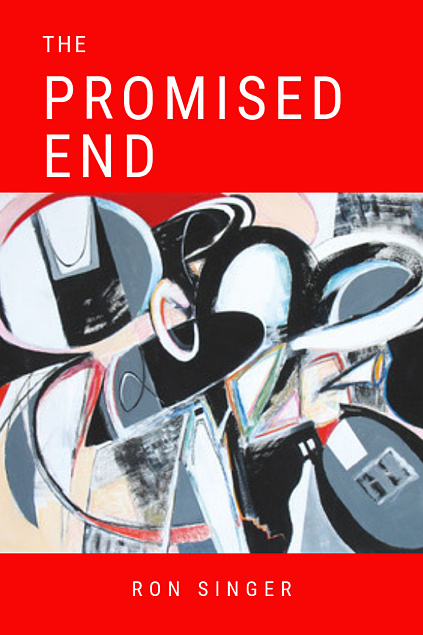



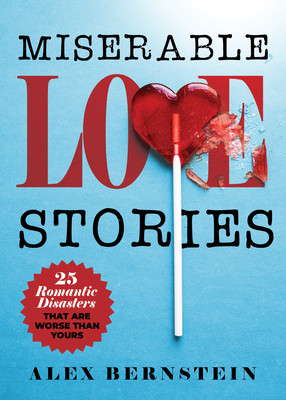








 (“Resurrection of Lazarus” by Leon Bonnat.)
(“Resurrection of Lazarus” by Leon Bonnat.) (“The Crucifixion of Peter” by Lorenzo Veneziano.)
(“The Crucifixion of Peter” by Lorenzo Veneziano.) (“Resurrection” by Sebastiano Ricci.)
(“Resurrection” by Sebastiano Ricci.)
